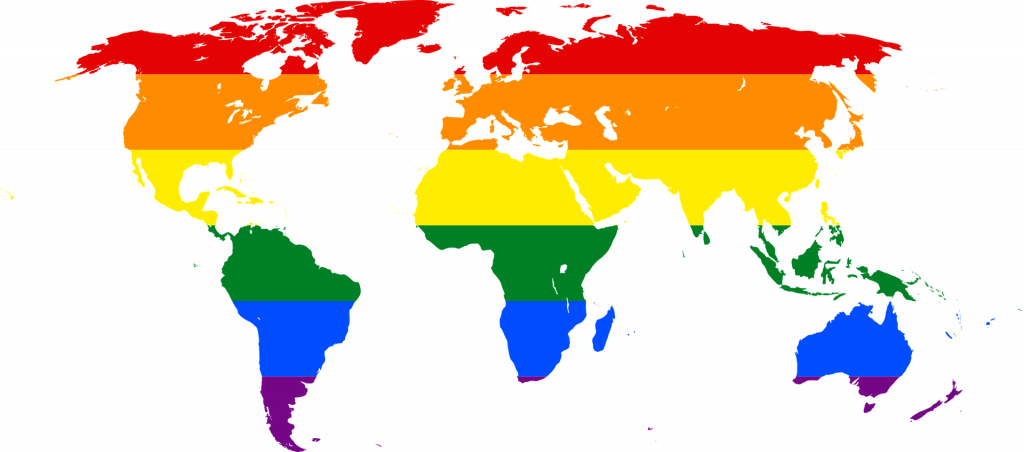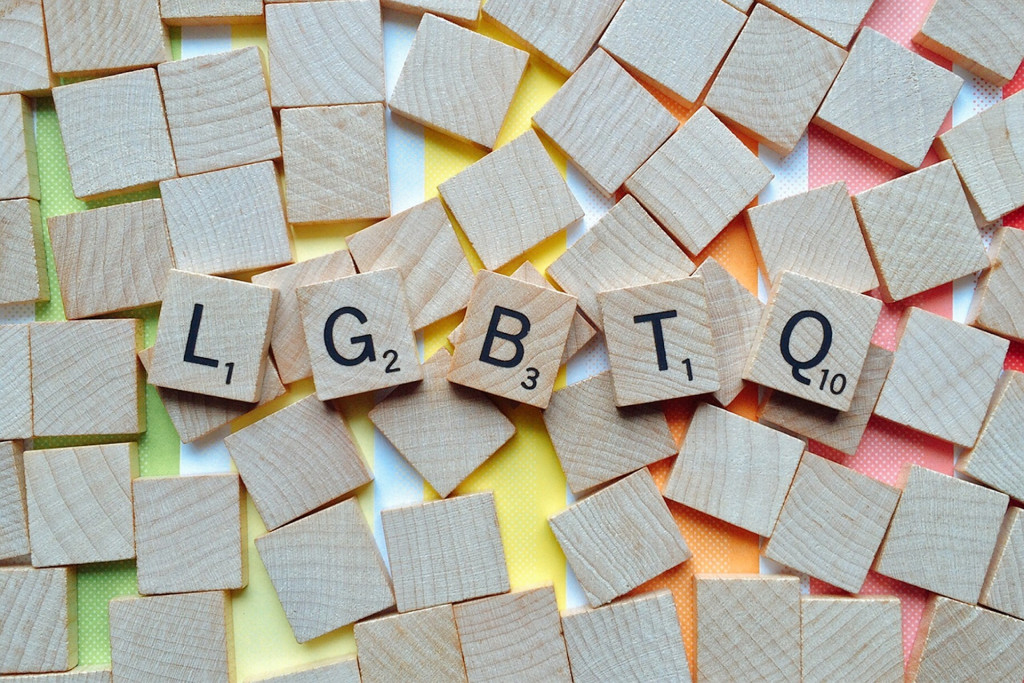Table of Contents (click to expand)
Homosexuality, when seen in the heterosexual normative framework, i.e., an expectation of heterosexual expression, is not ‘norm’-al.
For those of you wondering why I chose to write normal as ‘norm’-al, it is because this article seeks to address whether homosexuality, a generally persisting sexual attraction towards members of the same sex as one’s own, conforms to a norm. We are not here to discuss if it is normal in the colloquial sense of the word, which implies a different question altogether.
‘Norm’ gave rise to the word normal, and from a strictly sociological point of view, a norm is a set of behaviors that are expected by a society from its members. Homosexuality, when seen as a variation of sexual orientation, is in fact something we would call normal; that is to say, it is not an aberration in nature or an illness to be treated.
The question then relies on a more sociological understanding of homosexuality. The bias and intolerance faced by those identifying as anything outside the male-female/man-woman binary implies a societal rejection of homosexuality in certain times and places. The norm within such societies would rely on a heterosexual understanding of sexual preferences and orientation. With such a framework, homosexuality wouldn’t comply with the norm, and would thus be ostracized.

Why Was Homosexuality Considered A Disease?
The gay rights movement, and the LGBTQ+ movement as a whole, are a legacy of the 1969 Stonewall riots in New York City. The New York police were well known for targeting, arresting and harassing patrons of gay bars. In June 1969, they raided the eponymous bar called the Stonewall Inn. A riot followed, the occurrence of which had a ripple effect that can be seen to this day in the form of Pride month.
It was only when the gay movement started gaining traction that it became a subject for consideration in political and medical circles, which until then had seen it as a deviance from the acceptable heterosexual system, and thus something that threatened the existing order. It was only a few years later that homosexuality was removed from manuals that listed it as a mental disorder. Such developments imply that there are moral and political influences over what is considered “scientifically backed,” suggesting that a positivist, purely objective approach is impossible.
Only when social circumstances either allow or force science to reach certain conclusions can norms be changed. This is because, while science may try to objectively define certain aspects of what falls within the purview of social life and civil society, it must do so while the people who define it (as scientists, physicians and researchers in this case) exist within that society. Because they are a part of the society, it is impossible for them to be objective, as they have always been in it and their perception of ideas is therefore limited by it.

Thus, while homosexuality as a socio-sexual phenomenon and sexual identities that weren’t included in the male-female binary were experienced by the ancients in Greece, Rome, Mesopotamia and Babylon, modern science only acknowledged it when it became intertwined with its political facets (Michel Foucault is the authority on the medicalization of sexuality). While these identities may have had variations from region to region, they were, as an umbrella term, universally present.
Also Read: Why Do We Follow Norms, Even When They Take Away Our Personal Freedom?
Is The Rejection Of Homosexuality Social?
If the norm is heterosexuality, homosexuality is then perceived as outside the bounds of what is ‘norm’-al. However, homosexuality is seen as deviant in some societies, and not others, highlighting the social construction (social factors of a particular setting creating certain expectations and ideas around what is acceptable and how things ought to be) of what is considered to be ‘norm’-al and ab-‘norm’-al in a society.
There is evidence of Mayas and Toltecs accepting homosexuality as normal in certain ritualistic capacities (even if it were partial, in most cases, and intolerant in more private spheres).
The culturally produced idea of what is the ‘correct’ form of sexual expression within a definite set of moral codes does not, however, invalidate the experience of those that fall outside it. Such rejection relies on prejudices and pressures that are embedded in a narrative to further reinforce the idea of normality. Therefore, if you are told from the moment you are capable of understanding it that sexual expression must be done in one particular manner, then any straying from that would have some influence over your perception of it.

Conclusion
As both the acceptance and rejection of homosexuality increase in societies all over the world, heterosexuality still predominates the normative sphere (why else would homosexuals have to ‘come out,’ while heterosexuality be presumed). One theory allows the equation of homosexuality to be similar to left-handedness, a naturally occurring phenomenon that should not be shunned, but instead accepted as a ‘normal variation’ in the sexual make-up of a human being.
While the patterns that societies have accumulated over many centuries still manage to define interactions, emerging diversity in the expression of sexual and gender orientations warrants an investigation into the formation of rigid structures that would try to suppress them.
Also Read: What Is Gender Fluidity?
How well do you understand the article above!

